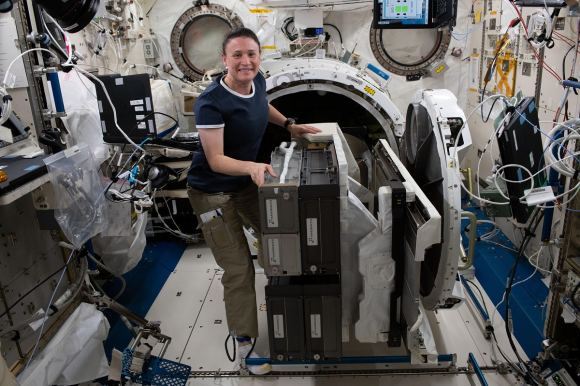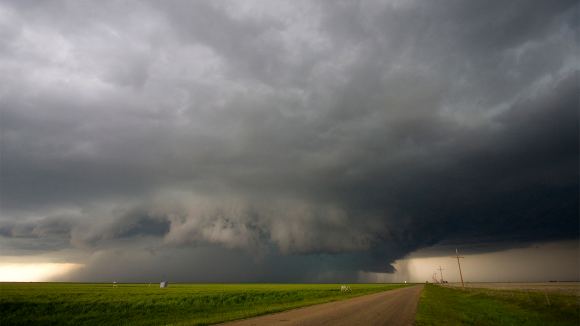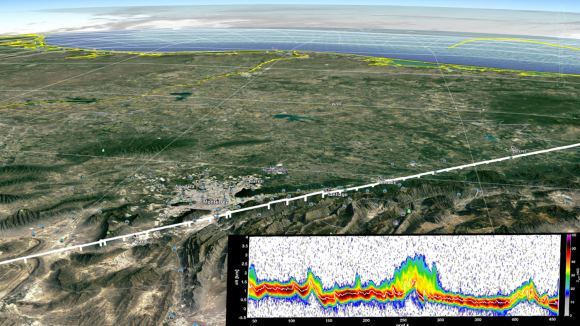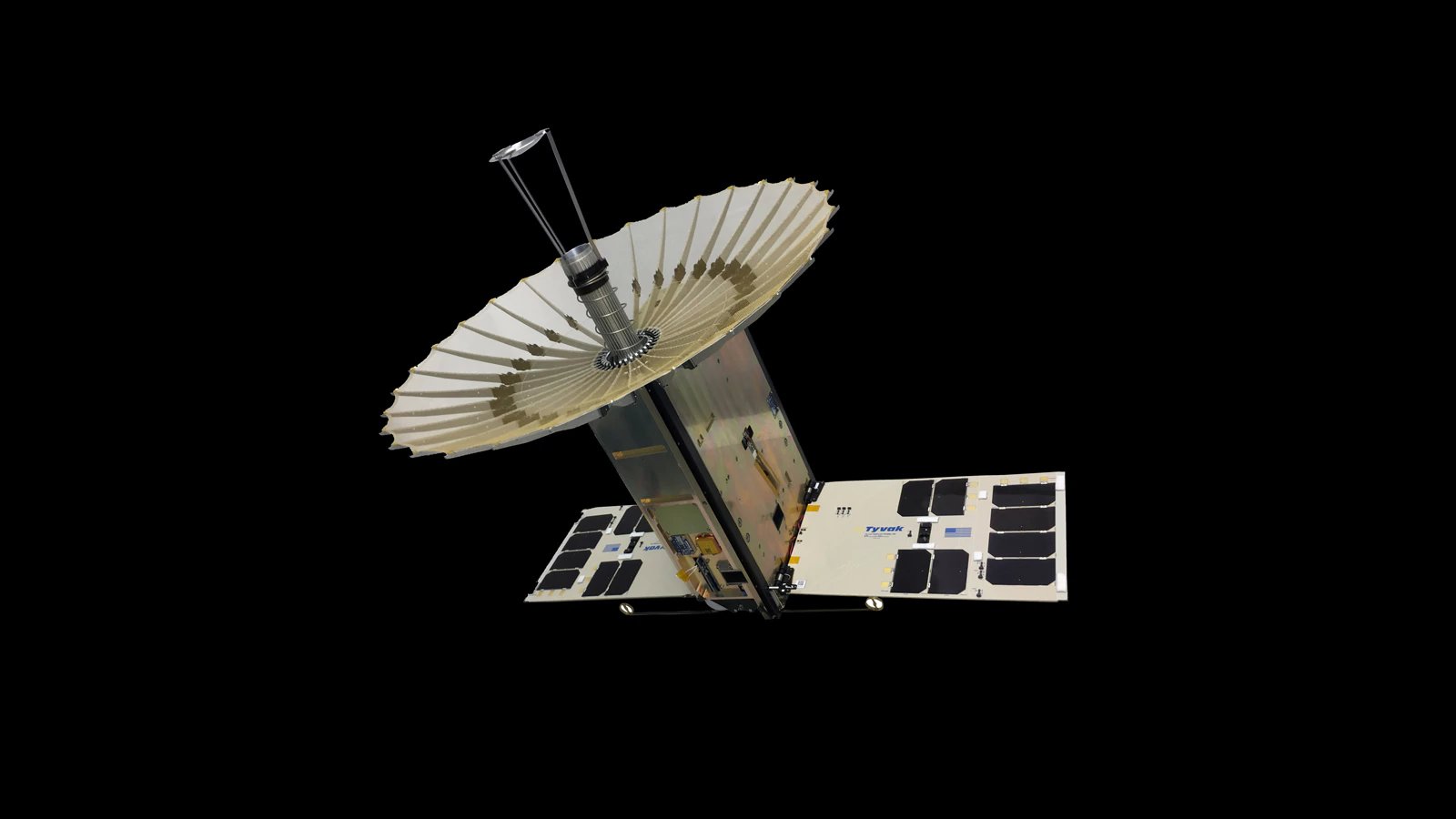Weather tracking is difficult work, and has historically relied on satellites that are large and cost millions of dollars to launch into space. And with the threat of climate change making things like tropical storms, tornadoes and other weather events more violent around the world today, people are increasingly reliant on early warnings and real-time monitoring.
However, NASA is looking to change that by deploying a new breed of weather satellite that takes advantage of recent advances in miniaturization. This class of satellite is known as the RainCube (Radar in CubeSat), which uses experimental technology to see storms by detecting rain and snow using very small and sophisticated instruments.
The small satellite, which was deployed from the International Space Station (ISS) back in July, is a prototype technology demonstrator for a possible fleet of RainCubes. This experiment has been assessing whether low-cost, miniature satellites with small radars are capable of providing real-time data on weather systems and storms.

As Graeme Stephens, director of the Center of Climate Sciences at NASA’s Jet Propulsion Laboratory, explained in a recent NASA press release:
“We don’t have any way of measuring how water and air move in thunderstorms globally. We just don’t have any information about that at all, yet it’s so essential for predicting severe weather and even how rains will change in a future climate.”
To monitor weather changes in Earth’s atmosphere, the RainCube employs a type of radar that works much like sonar. Basically, its umbrella-like antenna sends out specialized radar signals (chirps) that bounce off of raindrops and help scientists create a picture of the inside of a storm looks like. This technology was designed to allow small spacecraft the ability to send a signal strong enough to peer into a storm.
“The radar signal penetrates the storm, and then the radar receives back an echo,” said Principal Investigator Eva Peral. “As the radar signal goes deeper into the layers of the storm and measures the rain at those layers, we get a snapshot of the activity inside the storm.”

Back in August, the RainCube sent back its first images of a storm over Mexico, as part of a technology demonstration. The second release of images in September caught the first rainfall of Hurricane Florence. As Simone Tanelli, the co-investigator for RainCube, explained:
“There’s a plethora of ground-based experiments that have provided an enormous amount of information, and that’s why our weather forecasts nowadays are not that bad. But they don’t provide a global view. Also, there are weather satellites that provide such a global view, but what they are not telling you is what’s happening inside the storm. And that’s where the processes that make a storm grow and/or decay happen.”
RainCube is not meant to track storms by itself, but is rather intended to demonstrate that a mini-rain radar system can work. In the long term, the plan is to deploy swarms of these miniature satellites (which would be much cheaper to launch because of their size) which would then be able to track storms and relay updated information every few minutes.
Eventually, they could yield data that could lead to better weather models that are used to predict the movement of rain, snow, sleet and hail. “We actually will end up doing much more interesting insightful science with a constellation rather than with just one of them,” said Stephens. “What we’re learning in Earth sciences is that space and time coverage is more important than having a really expensive satellite instrument that just does one thing.”

And thanks to the successful technology test, it appears that this is likely to be the case someday. “What RainCube offers on the one hand is a demonstration of measurements that we currently have in space today,” Stephens added. “But what it really demonstrates is the potential for an entirely new and different way of observing Earth with many small radars. That will open up a whole new vista in viewing the hydrological cycle of Earth.”
Whether it is observing Earth or distant galaxies, miniaturization and swarm robotics are being investigated as a means to provide more cost-effective astronomy. In the coming years, everything from observations to telecommunication services could be provided by satellites that are a fraction of the size, and therefore a fraction of the cost to launch.
Further Reading: NASA

